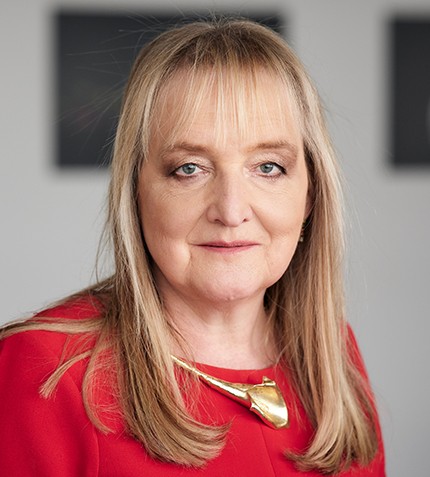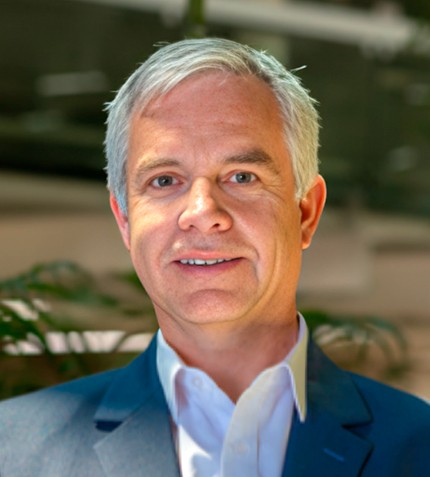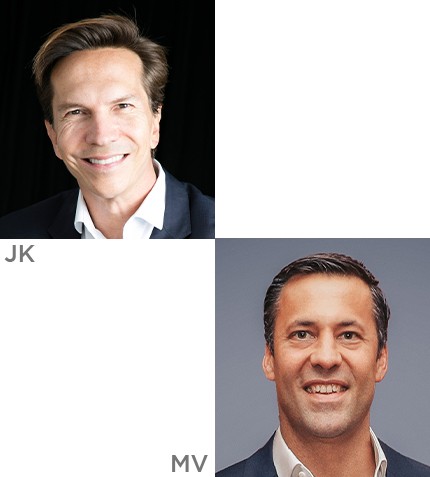
"I think we are reaching the stage now where brain diseases become reachable because we can finally look into the brain."
Dr. Andrea Pfeifer
CO-FOUNDER & CEO, AC IMMUNE
What was your inspiration for founding AC Immune?
I noticed that in the case of Alzheimer’s and Parkinson’s, it is always the case that there is a natural protein, and this protein changes its structure and becomes pathological. There is no mutation involved. Nobody knows why the structural change is happening. When you have this structural change, these proteins aggregate, so we speak about misfolding as a first step, then aggregation. The problematic part is that the only difference between a normal protein and a patient's protein is the structure, or the misfolding. When we started out, the key question was how can you generate an antibody or a vaccine which allows you to only select the misfolded pathological protein? This is why our platforms are so important. When I was contacted by the four scientific founders, these scientists convinced me that their technology, which became the platforms we use today, has the capability to generate antibodies, vaccines and small molecules that can only target the pathological protein, but not the normal one. When you look at our Tau vaccine data that we published in our clinical Phase Ib/IIa trial, more than 90% of the antigen response goes to the pathological form. If you do continued injections in people every 12-18 months, you still get the selection for pathological Tau. It is all built around misfolded proteins in the brain, and they aggregate in the neurons or extra-cellularly and kill the neurons. Today, we know Tau is involved in Alzheimer’s. We also know alpha synuclein is involved, but the principle is always the same. This is why you need specific platforms and technologies to recognize the difference between normal and pathological.
What makes a vaccine-based approach appropriate for targeting Tau?
It was extremely difficult to make a vaccine because the immune system of older people is not very active and most do not generate strong antibody responses. This was preventing the field from moving into vaccines addressing neurodegenerative diseases. With our technology we have achieved that, which means you can now potentially prevent the disease. So far, we could only diagnose Alzheimer’s when we saw clinical symptoms, but when you have clinical symptoms, a lot of the neurons are already dead. The trick is that you should intervene when you still have all the neurons intact, and this is before you see clinical symptoms. Up until today, this was not possible because we did not have the diagnostic means to identify people at risk. We can now identify markers such as pathological phospho-tau 181 or phospho-tau 217, which allow you to identify people at risk.
We see risk markers for Alzheimer’s disease appearing 10-20 years before the disease starts. When we identify these factors, a patient could receive a vaccine and would not lose their neurons, which is absolutely required in order to prevent the onset of the disease.
Why have treatments for neurodegenerative diseases such as Alzheimer’s proven so elusive?
The field has suffered from not having the right diagnostics tools. However, now we are in a situation where for the first time we may actually be able to visualize the primary disease pathology in the brain of a Parkinson's patient. I think we have a major breakthrough. Over the last 18 months or so, blood biomarkers became available. Oskar Hanssen is certainly leading this, as he has shown that phospho-tau 217 is the number one predictive factor for getting the disease.
We are reaching precision medicine in the neuro space. Precision medicine is not based on DNA, as it is for cancer, but on the expression of misfolded proteins in the brain. We can look in the brain and dictate if you need the alpha synuclein- or tau-targeted therapy. This is precision medicine, which of course means specificity. It means safety, because you do not treat for something that you do not have, and it is cost effective because you do not treat something which costs a lot of money and does not really help you. I think we are reaching the stage now where brain diseases become reachable because we can finally look into the brain.










